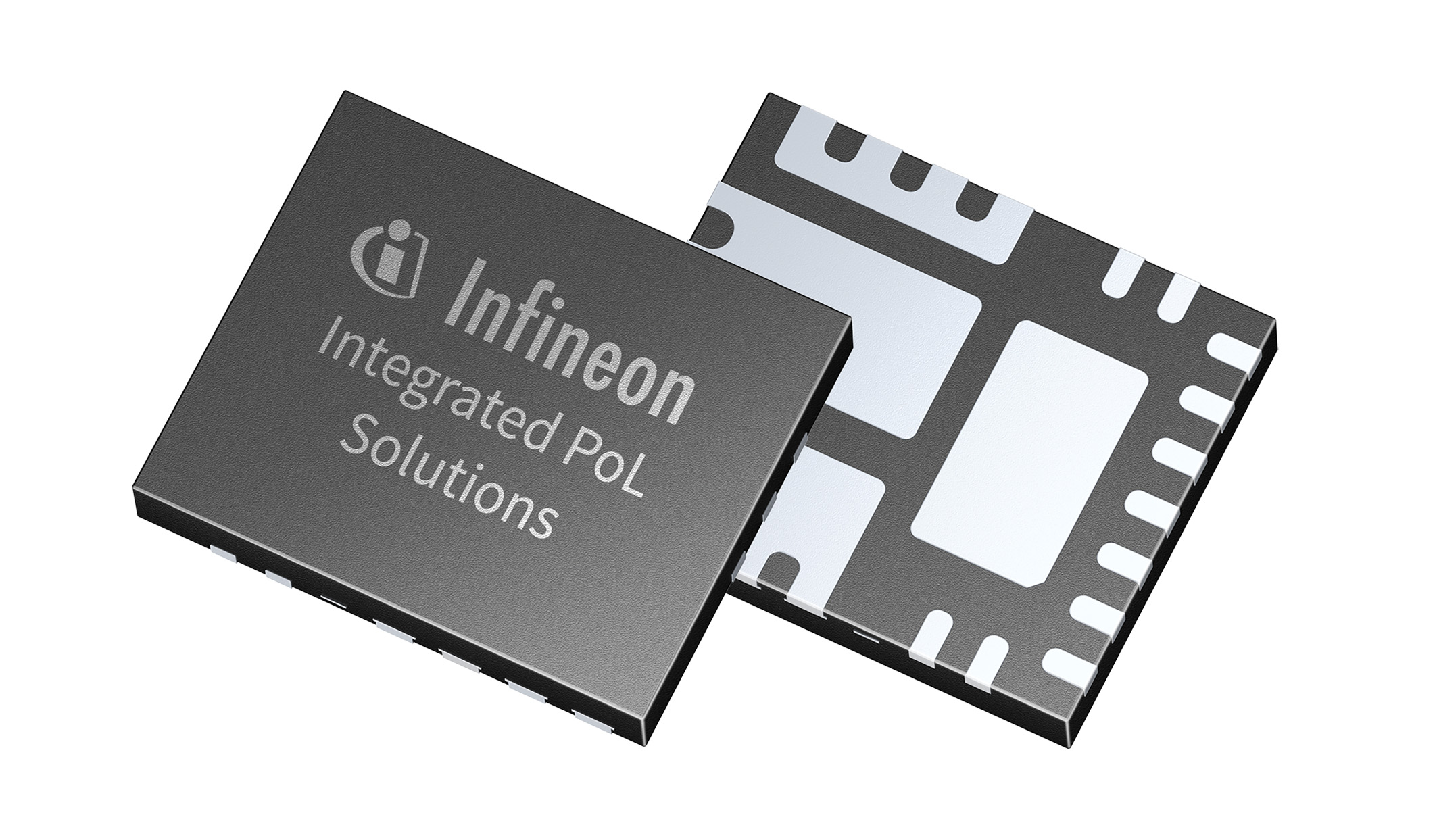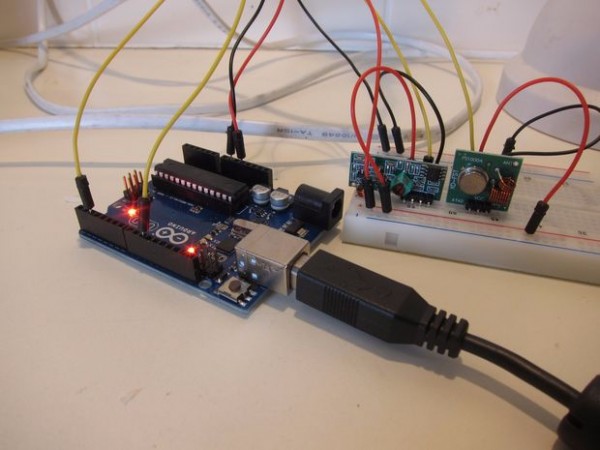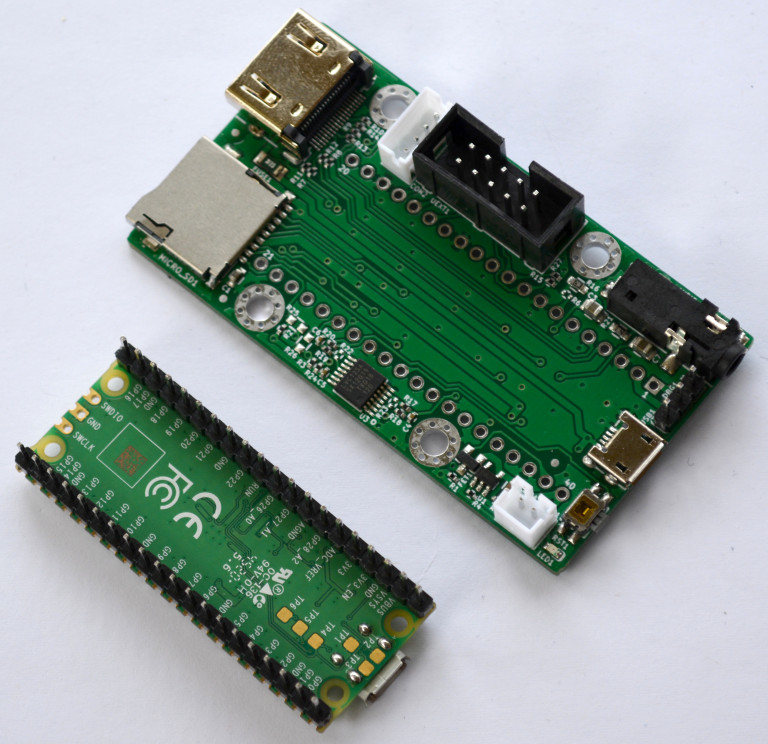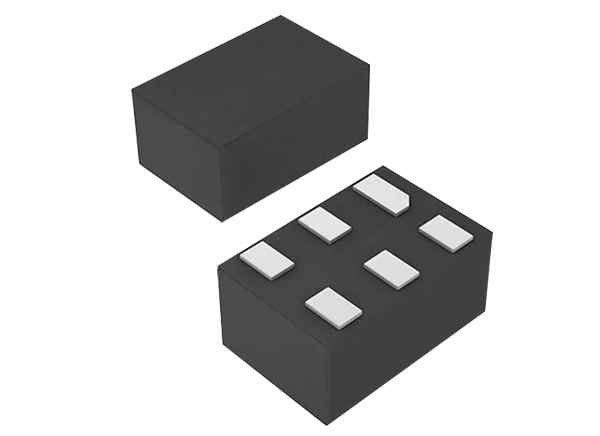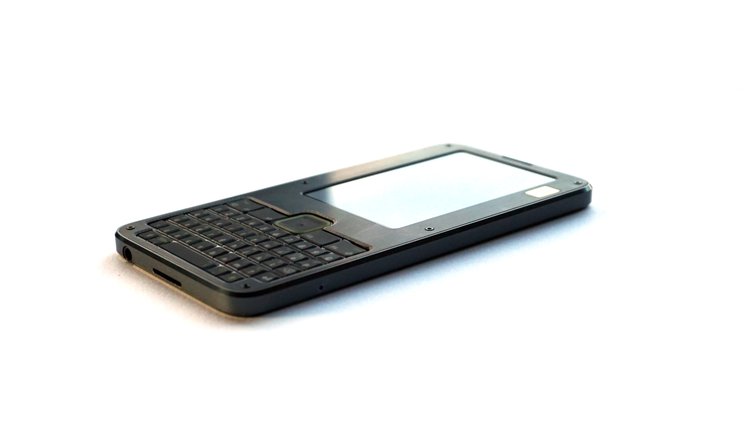
By looking at the Precursor you may wonder “Are we not through with these phones yet?”, but who said this was a regular phone? Its deceiving looks hide an open hardware development platform for mobile communication and computation in a secure environment. Intrigued?
The Precursor is described by the developers as a device for everyday use that compromises nothing as a development platform. It is powered by an FPGA-hosted, soft-core System-on-Chip (SoC), giving the developers a lot of freedom when it comes to the customization of the platform, but it doesn’t end there. It was designed from the ground up with one main goal: security. It can be considered a strong starting point for your projects. The developers describe some interesting things you can apply with the platform:
- Secure communication – With an easier-to-verify hardware design, self-provisioning and support for modern crypo primitives, you are in for a treat if secure communication is what you’re looking for! It uses the Silicon Labs WF200 for Wi-Fi connectivity and contains a headphone jack, allowing for end-to-end encrypted voice communications.
- Key protection – Its security characteristics make it particularly interesting when it comes to developing two-factor authentication solutions, crypto wallets and other critical applications. Since supply chain attacks are devastating in these cost-conservative targets, you may consider building your own SoC and firmware from the ground up to limit the attacking surface, where the Percursor was conceived to ease this process.
- CPU emulation – Even though its FPGA ships with a 32-bit RISC-V CPU, you can easily configure it to emulate a comprehensive library of retro CPUs, such as the 6502 from the NES or the Z-80. You can even turn it into a retro pocket-sized console with some creativity!
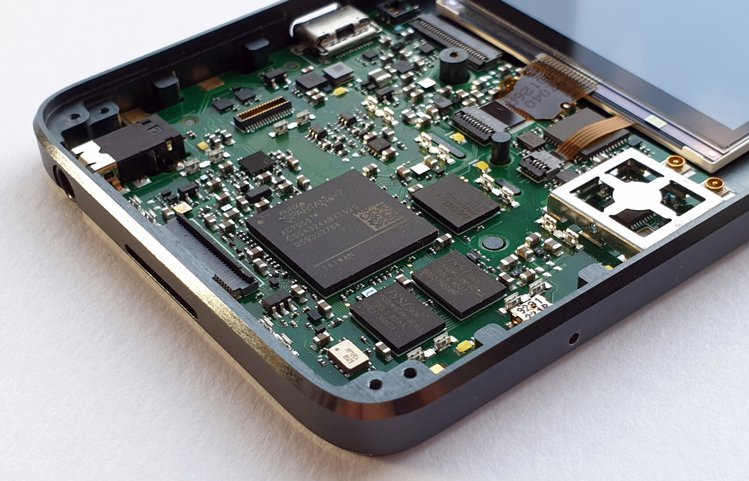
Regarding some of the specs of the system:
- Xilinx XC7S50 primary System on Chip (SoC) FPGA (-L1 speed grade for longer battery life) + iCE40UP5K secondary Embedded Controller (EC) FPGA (manages the power, standby and charging)
- 16MB external SRAM + 128MB Flash memories
- Dual hardware TRNG
- Physical keyboard (modular keyboard PCB, customizable to add sensors or swap for touch surface), black and white LCD (200ppi, 226×536 resolution)
- Audio: Integrated 0.7W speaker, vibration motor and headset jack
- Integrated Wi-Fi (hardware-sandboxed WF200C chipset)
- USB type C port + 1100maH battery
- Anti-tamper features
Its small form factor, quite similar a phone from the 2000’s, accomodates a built-in display, a physical keyboard and an internal battery on the inside, while remaining lighter than the average smartphone. But don’t get deceived by its looks, as it provides hooks for harware modifications, where the keyboard is an I2C-based PCB and the battery cavity exposes GPIO pins, allowing you to swap battery life for extra hardware functionalities. Every bit of the Percursor is hackable, including the mainboard, daughtercards and case, the SoC implementation and firmware, the secondary embedded controller and even an OS that is on the works.
The project will be available soon on Crowd Supply, where you can get an even more detailed view over the Percursor, including a full hardware spec list. Which project do you see the Precursor shine on?
Precursor Crowd Supply Link: https://www.crowdsupply.com/sutajio-kosagi/precursor





